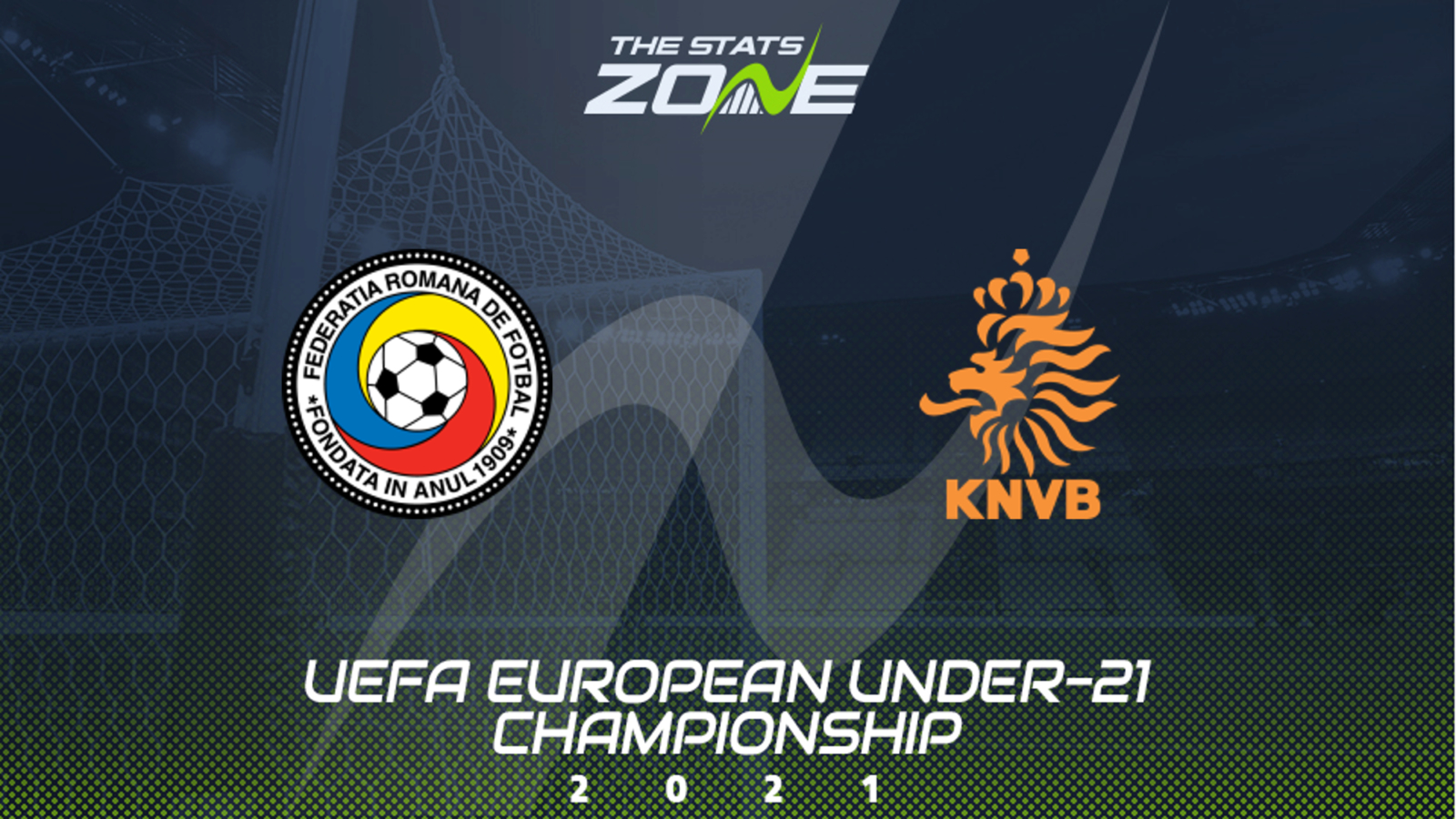Romania vs Netherlands: A Historical Overview
Romania vs netherlands – The relationship between Romania and the Netherlands has a long and complex history, dating back to the Middle Ages. The two countries have enjoyed close political, economic, and cultural ties over the centuries, and have played an important role in each other’s development.
Political Relations
The political relationship between Romania and the Netherlands has been characterized by periods of both cooperation and conflict. In the 16th century, the two countries were allies in the fight against the Ottoman Empire. However, in the 17th century, the Netherlands supported the Habsburg Empire in its war against Romania. In the 19th century, the two countries were again allies, this time in the fight against the Russian Empire.
Economic Relations
The economic relationship between Romania and the Netherlands has been close for centuries. The Netherlands has been one of Romania’s main trading partners, and has invested heavily in the country’s economy. In the 19th century, the Netherlands helped to develop Romania’s oil industry. In the 20th century, the Netherlands helped to develop Romania’s agricultural sector.
Romania and the Netherlands are facing off in a thrilling football match, but if you’re looking for a change of pace, don’t miss the intense clash between Colombia and Brazil. Tune in now at watch colombia vs brazil for all the action and excitement.
After the South American showdown, be sure to switch back to the Romania vs. Netherlands game for the final moments of the European clash.
Cultural Relations
The cultural relationship between Romania and the Netherlands is rich and varied. The two countries have shared a common interest in art, music, and literature. In the 19th century, Romanian artists studied in the Netherlands, and Dutch artists visited Romania. In the 20th century, the two countries have exchanged cultural delegations and exhibitions.
The Dutch and Romanians clashed fiercely on the field, their rivalry echoing the battles fought in other corners of the world. Yet, beneath the surface of this contest, another story was unfolding. Far away, in the hallowed grounds of USA vs Uruguay , a different drama was playing out, its echoes reaching across continents to intertwine with the clash between Romania and the Netherlands.
Economic Comparison

Romania and the Netherlands exhibit contrasting economic landscapes, shaped by historical factors, resource endowments, and policy choices. While both nations are part of the European Union, their economic trajectories have diverged significantly.
GDP and Per Capita Income
The Netherlands boasts a significantly higher GDP than Romania, with a nominal GDP of $848.2 billion in 2022 compared to Romania’s $284.3 billion. This translates into a per capita income of $49,600 for the Netherlands and $14,200 for Romania, indicating a substantial income disparity between the two countries.
Unemployment Rates
Unemployment rates provide another measure of economic health. In 2022, the Netherlands maintained a low unemployment rate of 3.9%, while Romania’s rate stood at 5.8%. This difference suggests a more robust labor market and greater job opportunities in the Netherlands.
Major Industries and Sectors
The economic structures of Romania and the Netherlands differ markedly. Romania’s economy is primarily driven by agriculture, manufacturing, and services, with a significant share of the population employed in rural areas. In contrast, the Netherlands has a highly developed economy characterized by advanced manufacturing, financial services, and a strong maritime sector. The port of Rotterdam, Europe’s largest, plays a vital role in the Dutch economy.
Economic Strengths and Weaknesses
Romania’s strengths lie in its agricultural sector, its skilled labor force, and its potential for growth in tourism. However, it faces challenges related to corruption, infrastructure deficiencies, and a relatively low level of foreign investment.
The Netherlands, on the other hand, enjoys a stable political environment, a highly educated workforce, and a well-developed infrastructure. Its economy benefits from a strong export sector, particularly in agriculture and technology. However, the Netherlands also faces challenges, such as rising housing costs and environmental concerns related to its intensive agricultural practices.
Cultural Exchange: Romania Vs Netherlands

Romania and the Netherlands, despite their geographical distance, share some intriguing cultural similarities and differences. While Romania’s culture is deeply rooted in its Eastern European heritage, the Netherlands has a distinct Western European identity. Yet, through centuries of trade, diplomacy, and migration, these two nations have influenced each other’s cultures in fascinating ways.
Art
In the realm of art, Romania’s rich tapestry of Byzantine and folk traditions contrasts with the Netherlands’ renowned Golden Age of painting. However, both countries have produced renowned artists who have left an indelible mark on the world. Romanian sculptor Constantin Brâncuși’s minimalist masterpieces are celebrated in the Netherlands, while Dutch painter Rembrandt van Rijn’s chiaroscuro techniques have influenced Romanian artists.
Music, Romania vs netherlands
Music plays a vital role in both Romanian and Dutch cultures. Romania’s vibrant folk music, with its intricate rhythms and haunting melodies, has captivated audiences in the Netherlands. Conversely, the Netherlands’ classical music tradition, particularly its contributions to baroque and Romantic music, has inspired Romanian composers.
Literature
In the literary sphere, Romanian authors such as Mircea Eliade and Herta Müller have gained international recognition for their explorations of myth, history, and identity. Their works have been translated into Dutch and have influenced Dutch writers who grapple with similar themes.
Cuisine
Cuisine is another area where cultural exchange has occurred. Romanian dishes such as sarmale (cabbage rolls) and ciorbă (sour soup) have found their way into Dutch kitchens. In turn, Dutch culinary traditions, such as the use of dairy products and herring, have influenced Romanian cuisine.